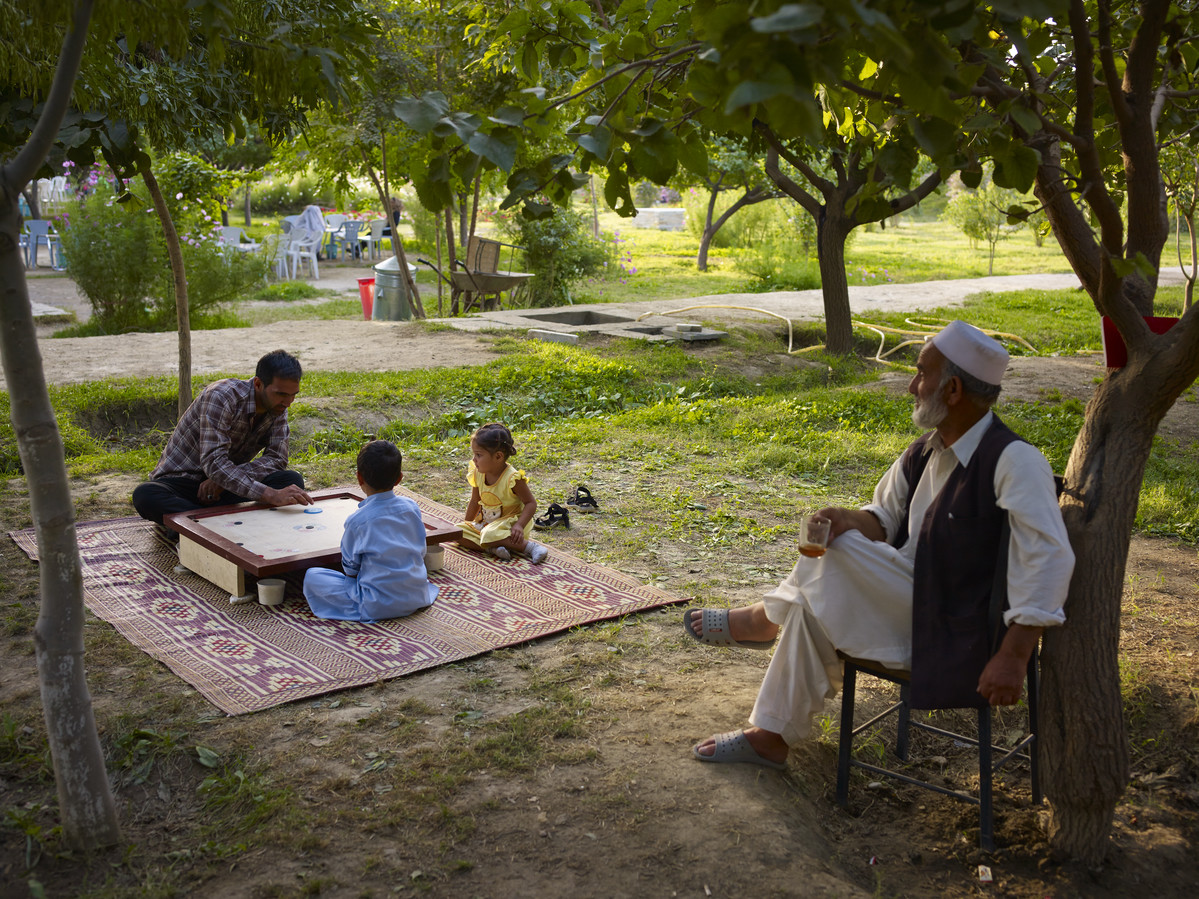Jurjen van der Tas describes the history of Islamic gardens, how they are being adapted for modern use, and the Aga Khan Trust for Culture’s 20-year journey of creating and restoring paradise gardens across the Islamic world.
Gardens of Paradise take their name from the old Persian pairi dez, meaning “surrounded by a wall”. Transliterated into the Greek as paradeisos and henceforth known to us as Gardens of Paradise, they are in essence self-contained refuges for flora and fauna, with humans as their keepers and end users. The dry conditions that are prevalent in the Middle East and Southern Europe, make it essential for such gardens to have access to a permanent source of water.
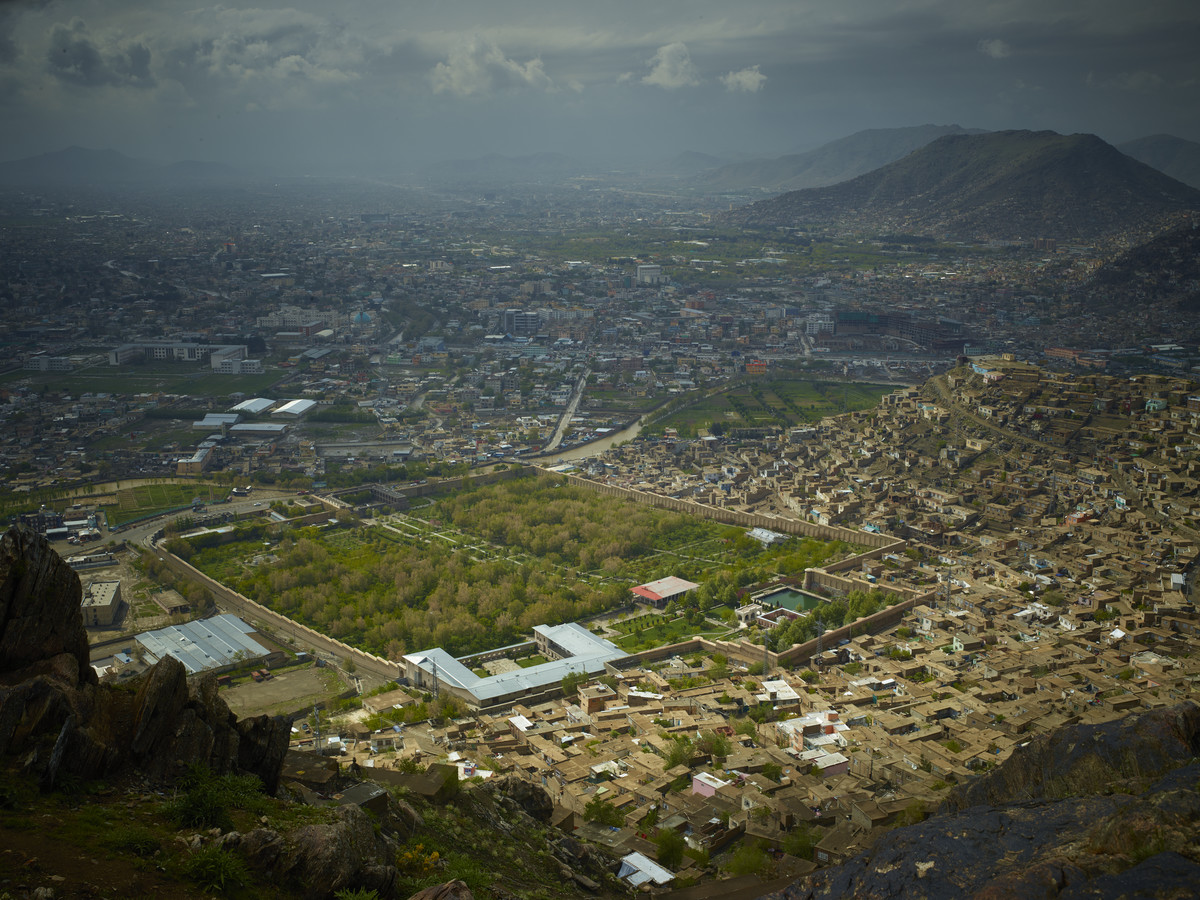
The presence of running water, therefore, has always been closely associated with Gardens of Paradise. That the concept of such gardens was already wide-spread in the classic world, is evident from the patios with water features of Roman luxury villas, built more than 2000 years ago. Gardens of Paradise have historically always been seen as somewhat exclusive, offering at best only limited access to the public at large.
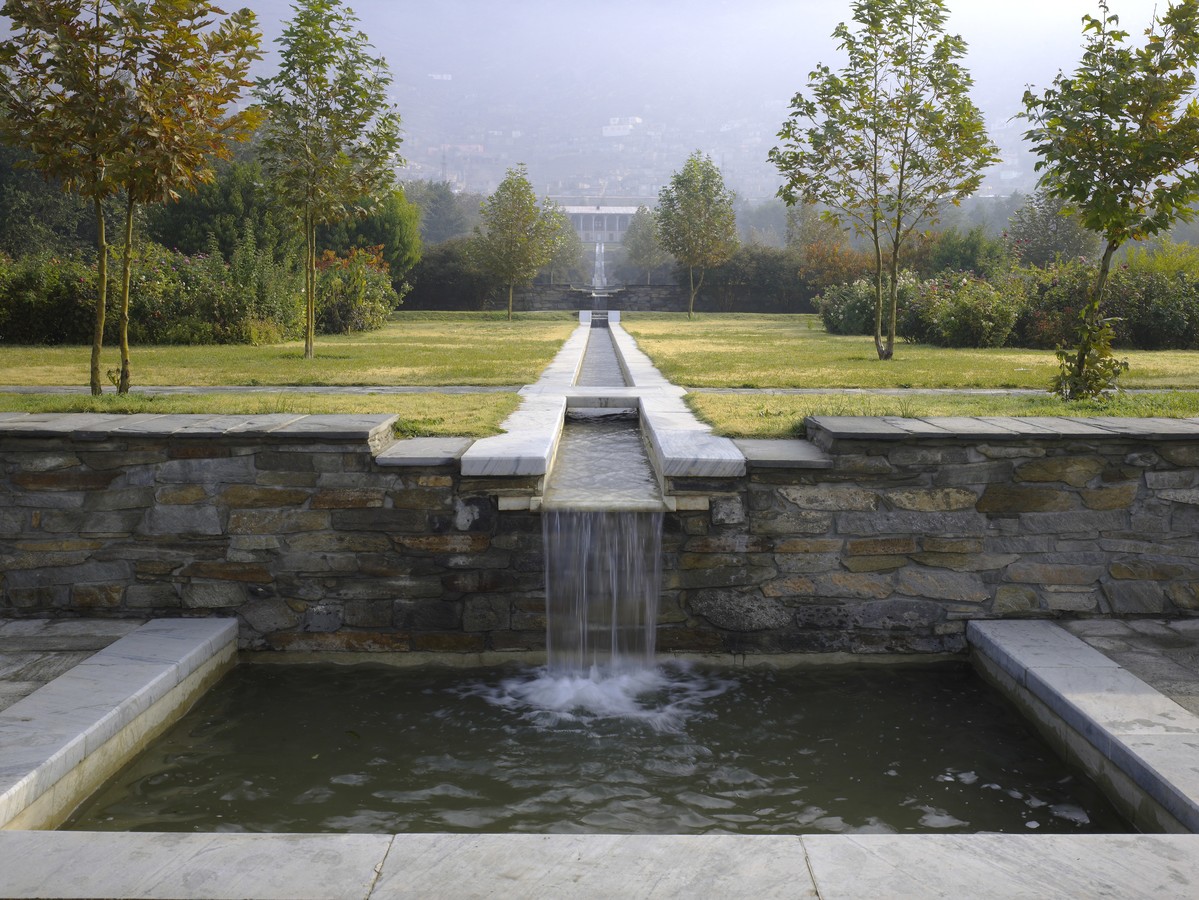
Apart from the change of concept that came with the transliteration from the Persian into the Greek, the association that these walled, secluded gardens have with our notion of paradise is also a direct result of the rise of Islam from the 7th century onward. There are numerous verses in the Qur’an referring to paradise as a collection of gardens with fruit-bearing trees and rivers running with water, milk, wine and honey. The four gardens and rivers mentioned in the Qur’an gave rise to the Persian concept of Chahar Bagh, or Four Gardens, which spread further eastward during the Mughal empire. The gardens of the Taj Mahal and Humayun’s Tomb in India, Babur’s Gardens in Kabul and the major Mughal monuments of Lahore are prime examples of this.
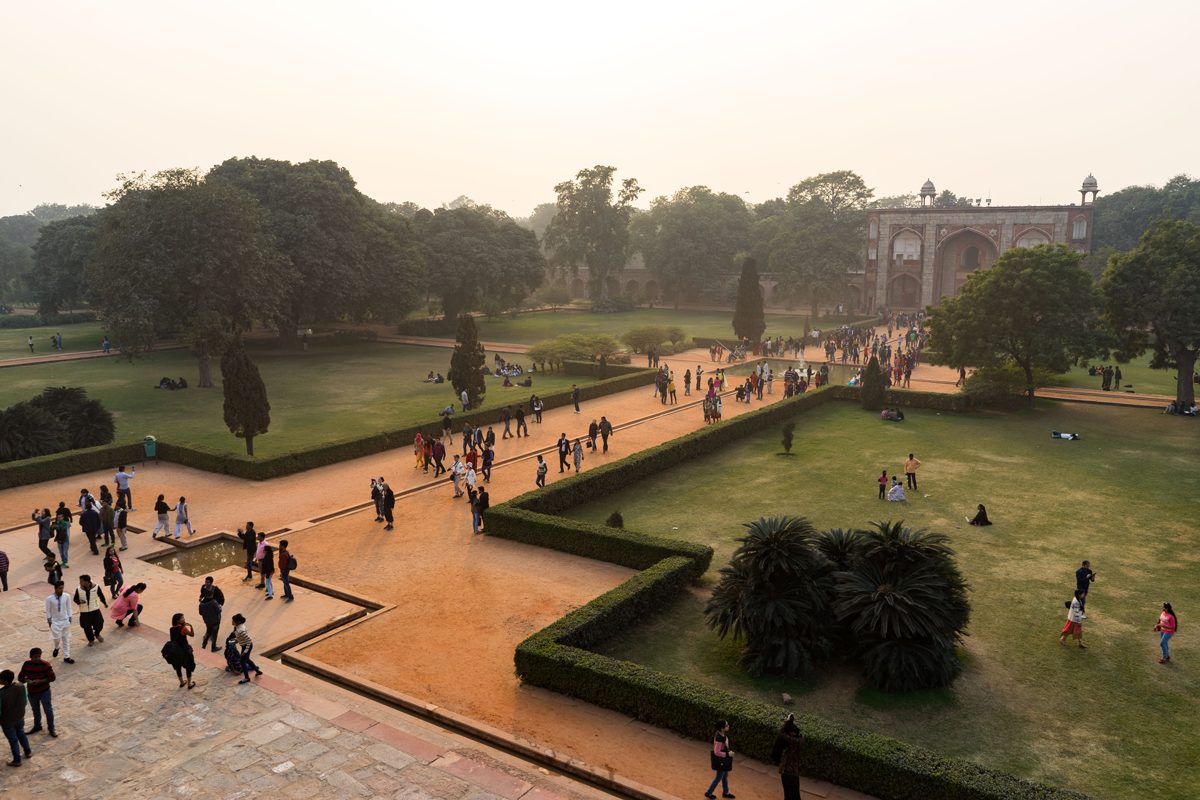
Increasing levels of sophistication in the design of Gardens of Paradise over time has led to the creation of terraces and the construction of water channels running along a central spine, thereby making use of the natural gradient to create flow. Additions that followed over time, other than purpose-built pavilions, include a feature known as a chador, a chute made of decorated stone through which an accelerated water flow produces a white rush.
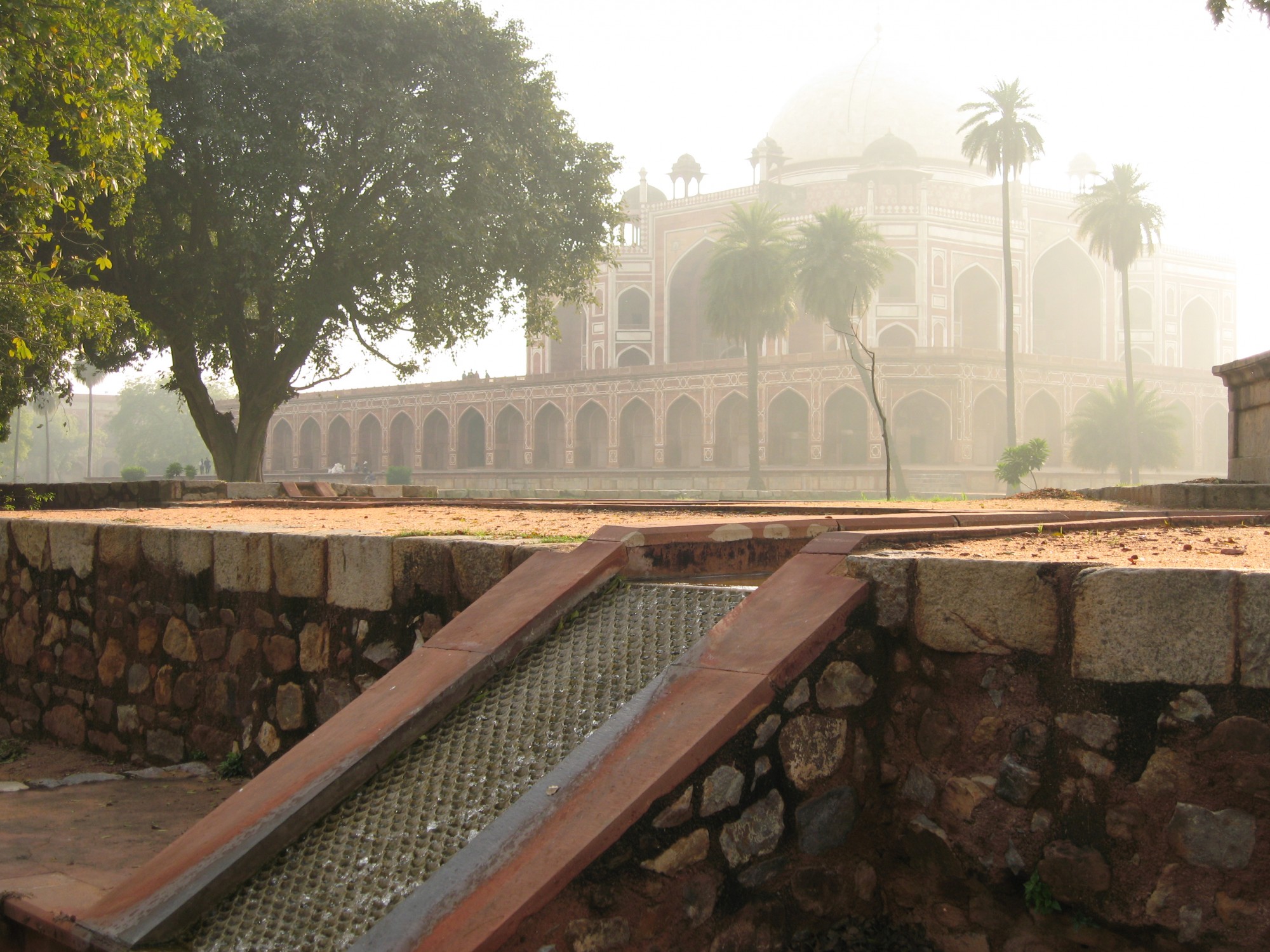
This serene environment, combined with the cleanliness and the safety that the garden provides, readily invites reflection and relaxation – and thus contributes to an essential part of our quality of life. In essence, one could argue that relaxation and reflection are the exact purposes for which the gardens were created in the first place.
With that purpose in mind and the building blocks of Gardens of Paradise at hand, the Aga Khan Trust for Culture embarked twenty years ago on a journey aimed at improving some aspects of the quality of life of people living in a selected number of cities. The principal aim was to give the public access to green open space of the highest quality. The first project consisted of the creation of a 36 hectare park on the eastern outskirts of Cairo’s historic centre, along the 11th century Ayyubid wall. Built on a former, unofficial garbage dump that measured fifty metres in height, the Al Azhar Park was constructed over a six year period at a cost of more than USD 30m.
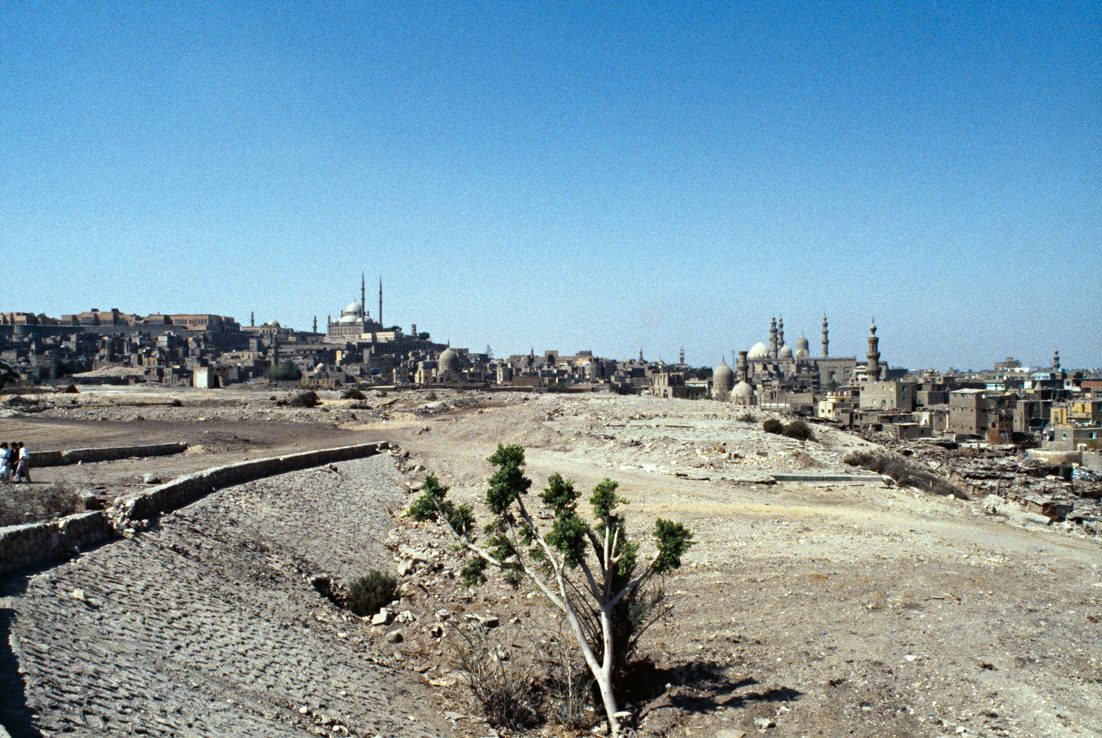
Although a new creation, many of the features of the park are reminiscent of traditional elements associated with the Gardens of Paradise, including terraces, pavilions and a central water channel with a chador. In addition, entirely new elements were introduced such as an amphitheatre, restaurants, exhibition space and a children’s playground.
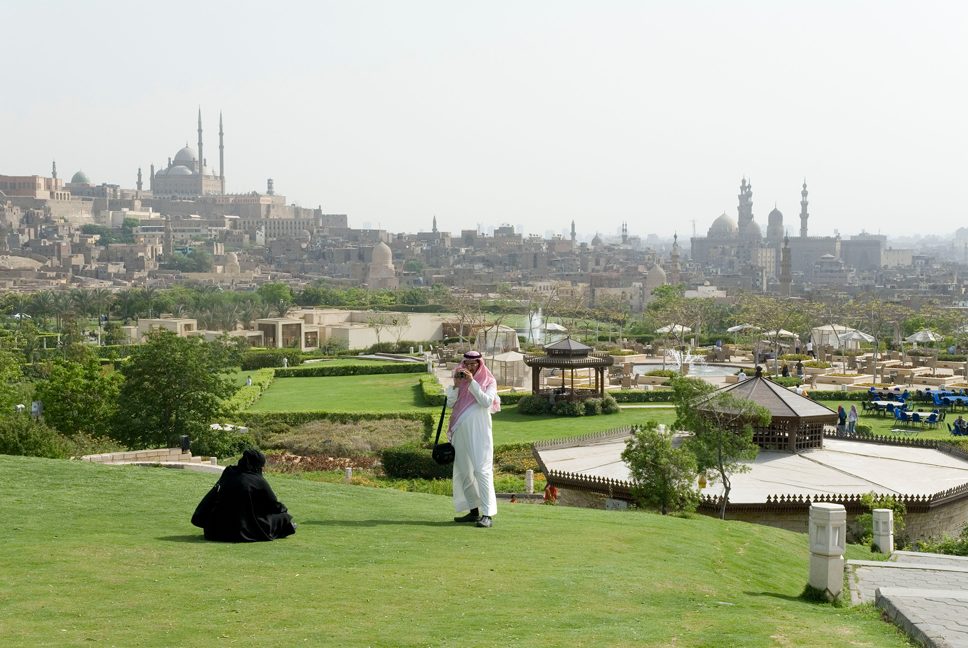
In contrast to the past, when access to Gardens of Paradise by the public at large was only possible at invitation or during specially designated days, Al Azhar Park and the eight other parks that the Trust has created since, do not pose any restriction in terms of the number of park visitors that can enter. With more than 2 million visitors annually, this causes a major dilemma for park operations such as Al Azhar: the serenity that a Garden of Paradise should offer can be compromised by the large number of visitors who show up daily. A partial solution to this problem may be found in the compartmentalisation of smaller sections of a park, thereby restoring an element of privacy. This would particularly apply to sections of the garden that have strong historic significance. Lahore Fort in Pakistan, one of the latest projects in which the Trust has become engaged, would lend itself particularly well to this approach. Erstwhile private gardens in the quadrangles created by different Mughal rulers could be partially recreated in form (by bringing back the notion of partitions at critical points) and in spirit (by regulating and managing the flow of visitors in manageable numbers).
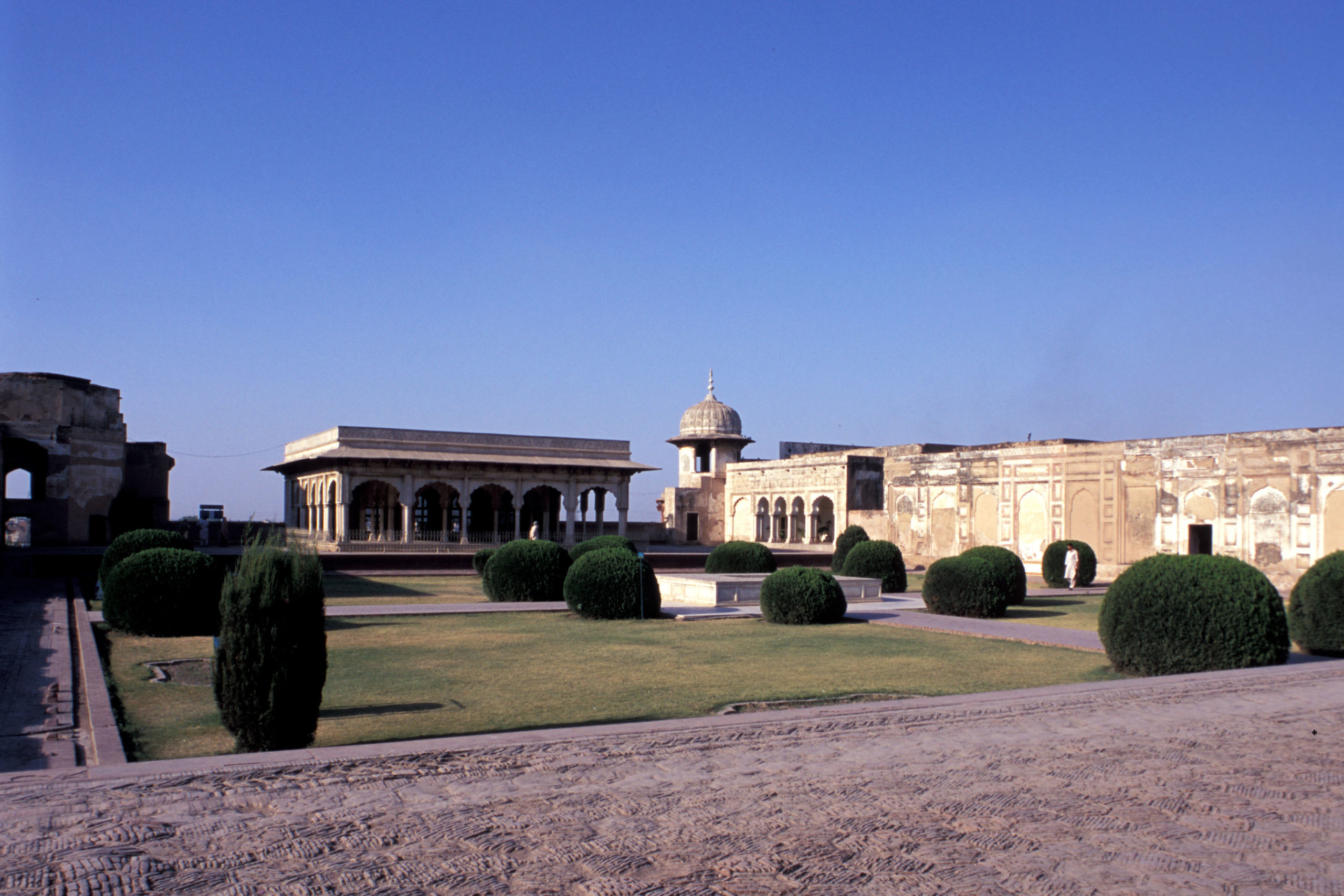
That the nine gardens restored or newly created and operated by AKTC since 2005 have attracted over 50 million visitors over the past 13 years, can serve as proof that the concept of Gardens of Paradise in today’s context is still very much alive. As visitor numbers are expected to increase when more parks will be added, it is essential that the principles on which Gardens of Paradise have been built and are operated can be maintained, so that they can continue to serve as examples for the future.
